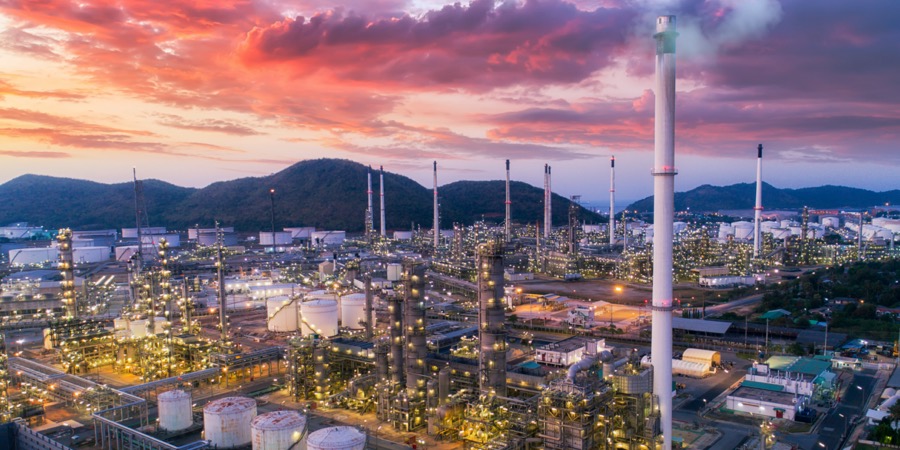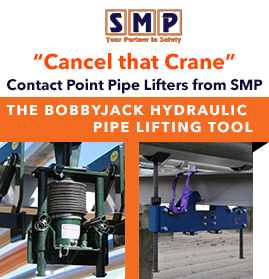A liquefied natural gas (LNG) plant, 13 months in the planning, to be located in Port Edward, has received its facilities permit from the BC Oil and Gas Commission, Port Edward District Council heard.
The permit allows PE LNG, a small-scale operation, to facilitate early work on-site, such as investigation of rock structures and confirmation of elements, Chris Hilliard, president of the company said, adding a large team has meant we have already researched environmental and community considerations.
“We’ve done our best to provide a holistic view and the regulator has agreed with that,” Hilliard said. “The facility itself will operate 24-seven, but the movement of the containers within the facility is not an around-the-clock operation in quite the same fashion as the actual liquefaction itself.”
Located on the slope of Mount Stewart, east of Watson Island, and northeast of Wolf Creek, the plant will be built below highway grade and near a BC Hydro facility. It will be 30 metres back from the water’s edge, near Galloway Rapids, with a treed buffer to blend aesthetically.
“Our total storage volume in the bullet (storage) tanks is only about 4,000 cubic metres. And that compares to say 22,000 cubic metres at the Pembina facility,” he added.
Hilliard said the PE LNG facility is very small by comparison to other LNG operations in the areas and is only one percent of the size of LNG Canada. The plant footprint will be 22 acres out of the total 37-acre property, with 10 acres as the LNG operating plant and another 10 being the container storage parking lot.
Being constructed on the side of a mountain, substantial rock removal and ground levelling are required. The north side levelling will recycle rock removed from the south side of the property.
Once the storage containers are full, they will be moved to Fairview Terminal via the new connector road for export or transportation to other areas such as China, Japan and Malaysia, which have already expressed interest.
The storage containers are the size of 40 ft sea cans, but heavier because they are double walled with a rectangular steel frame and tank inside. “There’s a vacuum, and insulation layer and then the outside carbon steel, so they are a little bit unique,” Hilliard said.
The LNG plant life is expected to be 25 to 30 years and will create a range of career opportunities up to highly skilled technical people which PE LNG will train.
For more information visit www.bcogc.ca














